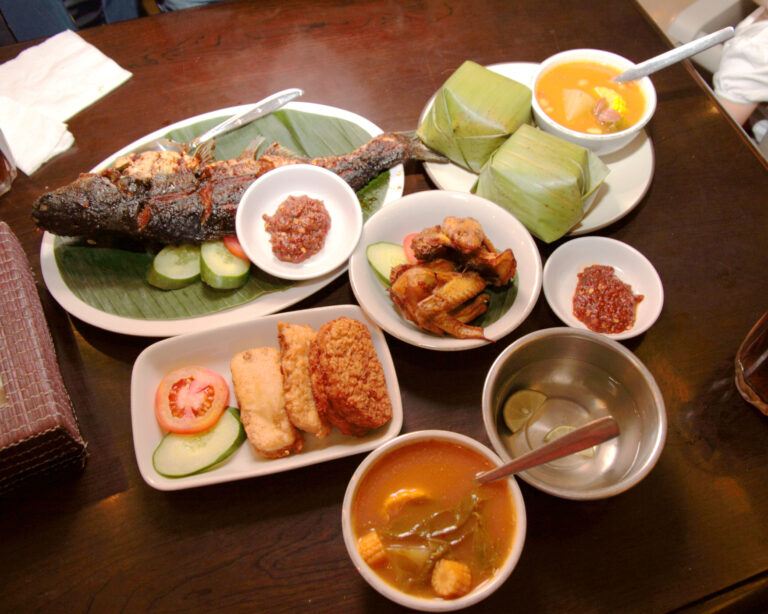Introduction
Indonesia is a country known for its vibrant culture, stunning landscapes, and mouth-watering cuisine. Indonesian cuisine is diverse and rich, with a wide range of flavors and ingredients. One of the best ways to experience Indonesian cuisine is by trying out its street food. If you are a street food enthusiast planning to visit Indonesia, you may be wondering if there are any street food markets or festivals in the country. In this article, we will explore the street food culture in Indonesia and highlight some popular street food markets and festivals.
Overview of Indonesian street food culture
Street food is an integral part of Indonesian cuisine. It is cheap, delicious, and easily accessible. Indonesian street food vendors are known for their creativity and use of local ingredients. Some of the most popular Indonesian street foods include satay, nasi goreng, gado-gado, and bakso. Street food vendors can be found on every street corner in Indonesia, and the food is often sold from small carts or makeshift stalls.
Popular street food markets and festivals in Indonesia
Indonesia hosts a wide range of street food markets and festivals throughout the year. One of the most popular street food festivals is the Jakarta Street Food Festival, which takes place annually in the capital city of Jakarta. The festival features a wide range of street food vendors and offers visitors the opportunity to taste some of the best street food in the city.
Another popular street food market is the Kaki Lima market in Yogyakarta. The market is located in the city’s bustling Malioboro area and offers a wide range of street food options, including local specialties like bakmi jawa and gudeg.
Tasting the best street foods in Jakarta
Jakarta is known for its vibrant street food culture, and there are plenty of options for street food enthusiasts. One of the best places to try street food in Jakarta is the Pasar Santa market. The market offers a wide range of street food vendors, selling everything from satay to nasi goreng. Other popular street food destinations in Jakarta include the Jalan Sabang street food market and the Chinatown area of Glodok.
Exploring the local cuisine in Bali’s night markets
Bali is one of the most popular tourist destinations in Indonesia, and it also has a vibrant street food culture. Bali’s night markets are a great place to explore the local cuisine. One of the most popular night markets in Bali is the Gianyar Night Market, which is located in the town of Gianyar. The market offers a wide range of street food options, including local favorites like babi guling (suckling pig) and sate lilit (grilled fish satay).
Conclusion and recommendations for street food enthusiasts
Indonesia is a street food lover’s paradise, with a wide range of street food options available throughout the country. From the Jakarta Street Food Festival to the night markets of Bali, there is something for everyone. If you are planning a trip to Indonesia, be sure to explore the street food culture and try as many local specialties as possible. Don’t be afraid to venture off the beaten path and try something new. Who knows, you may just discover your new favorite dish.

